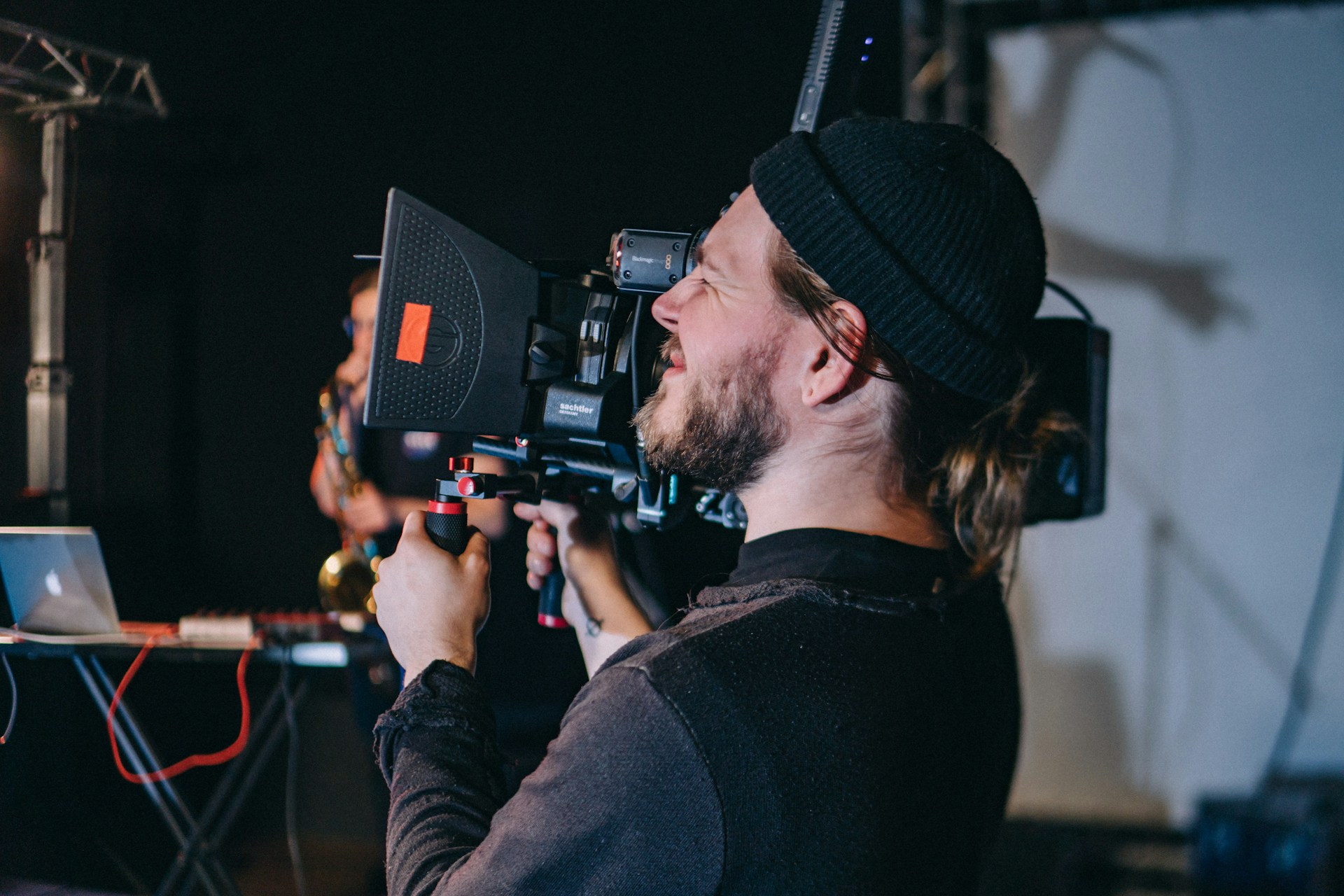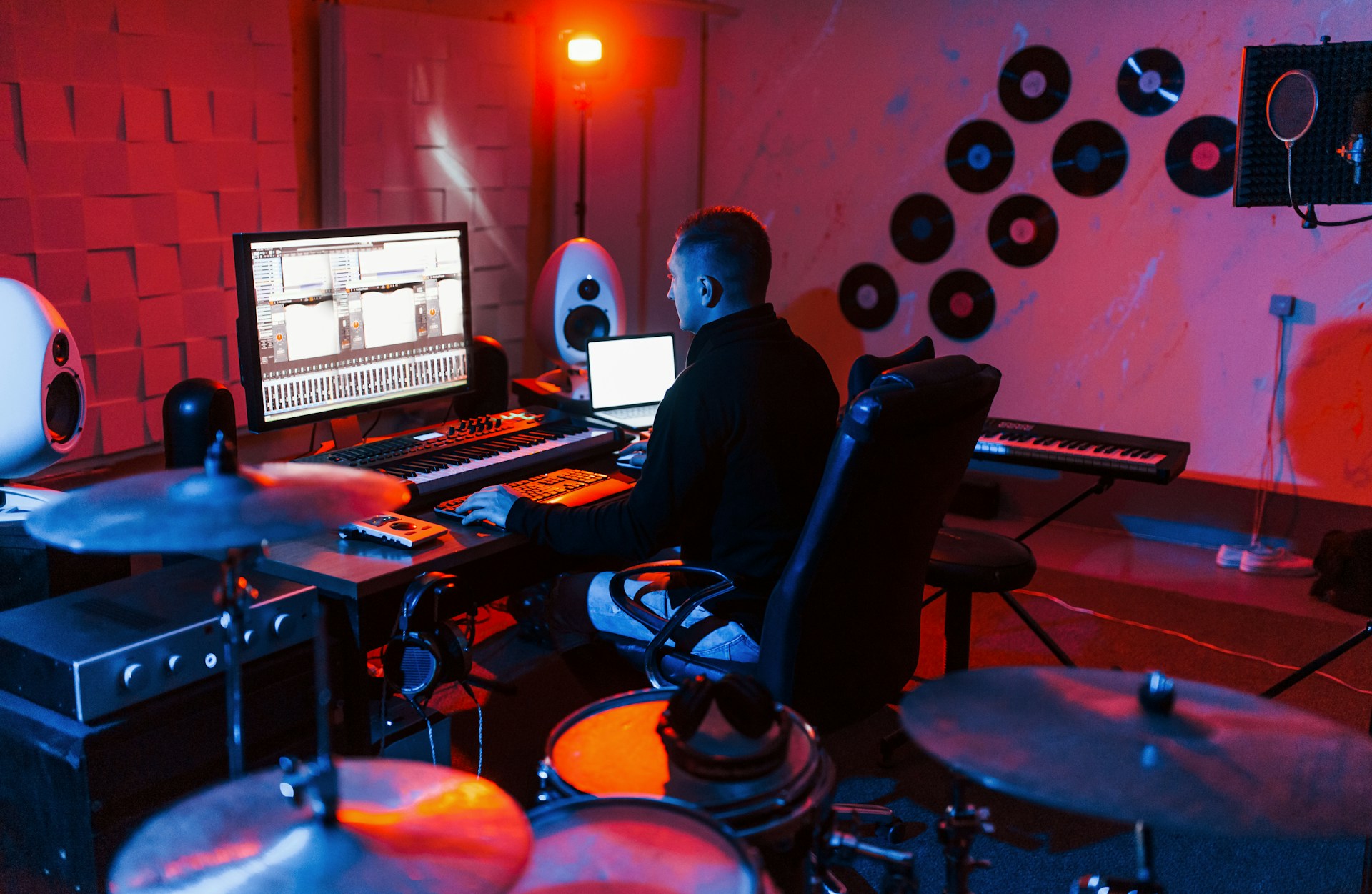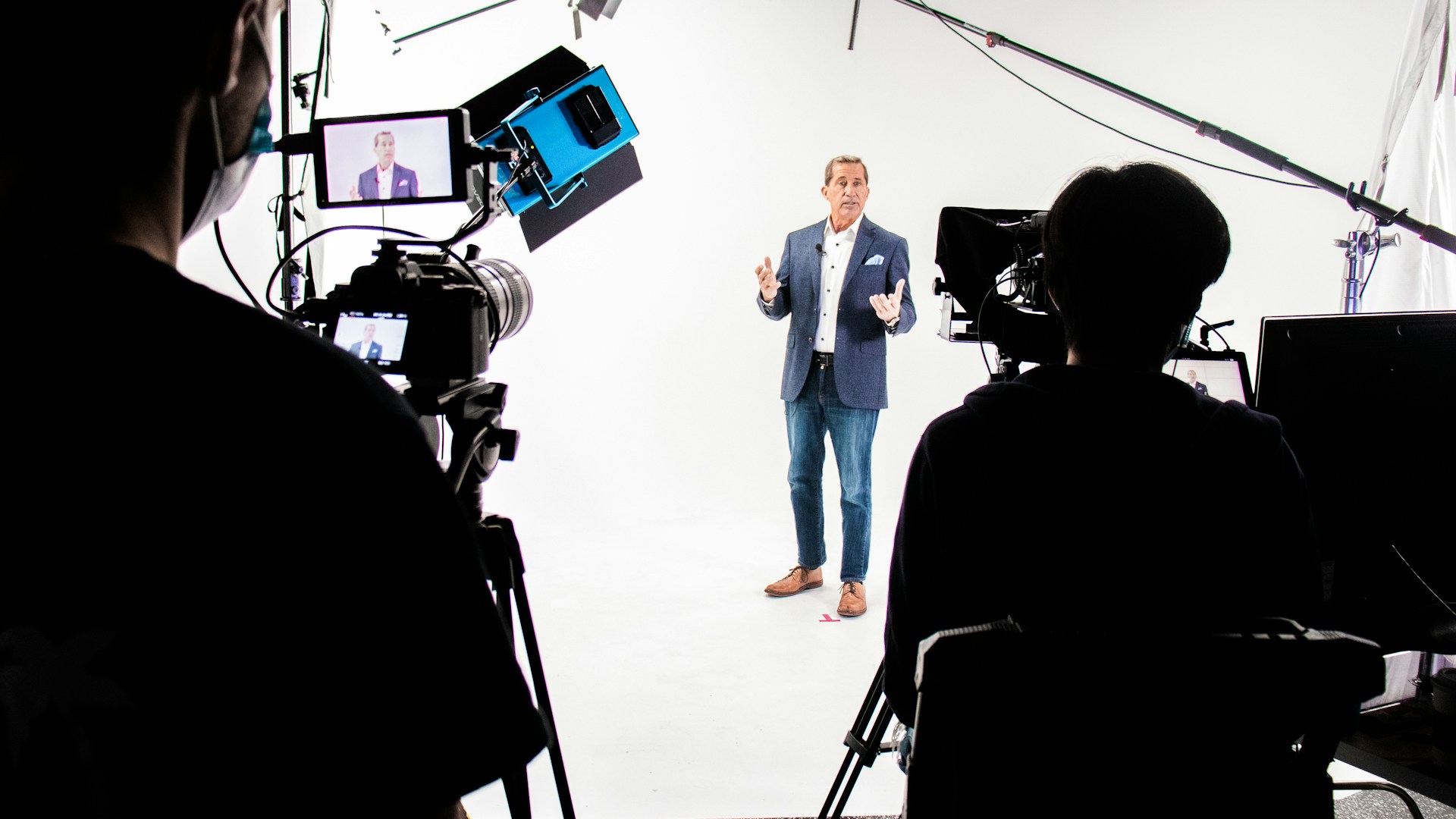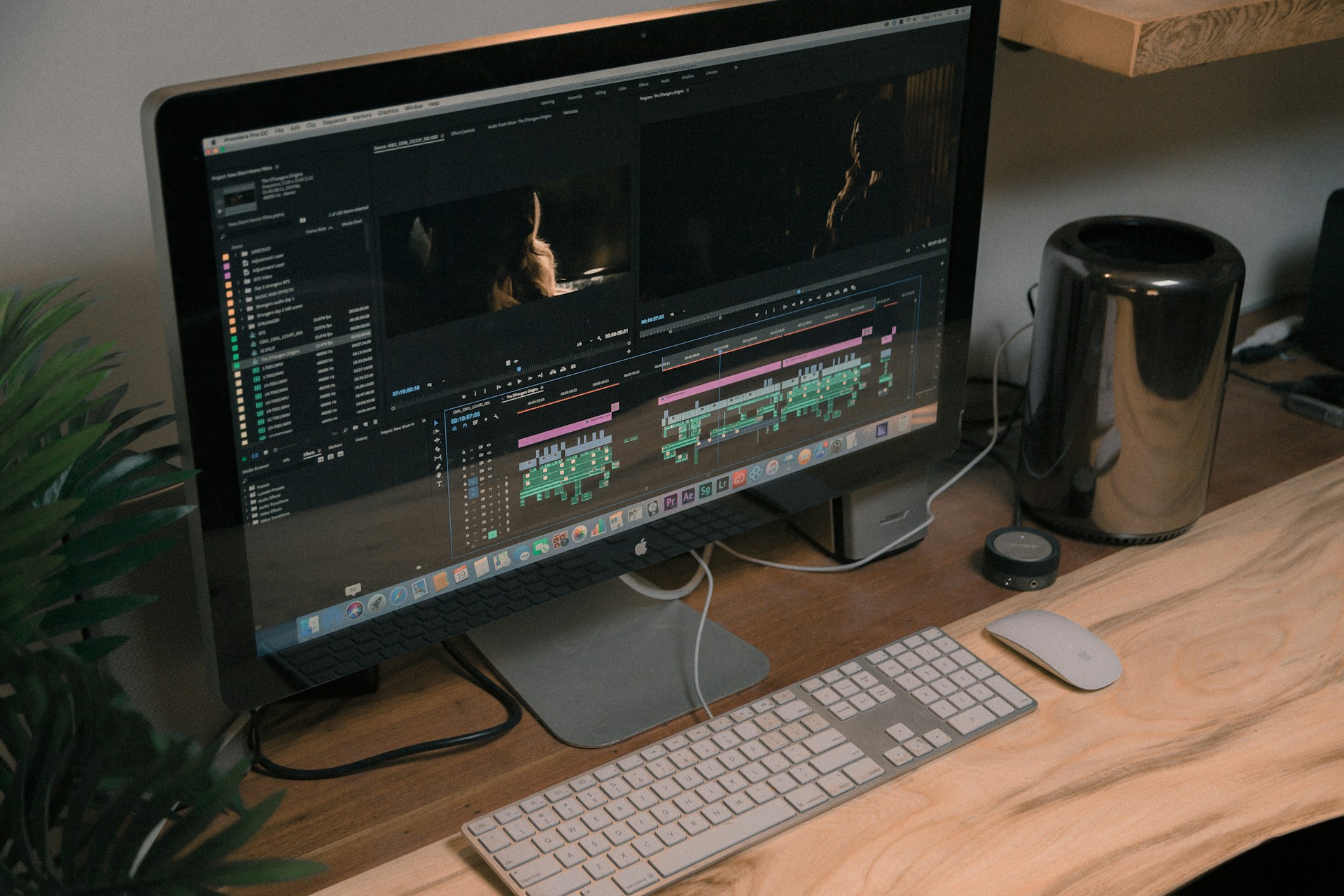Weather can be a real wildcard, can’t it? Just when you’ve lined up the perfect corporate filming schedule, clouds may decide to burst open, leaving you scrambling for cover. Or perhaps a sudden wind gust could play havoc with your equipment, making those video clips less than picture-perfect. It’s no surprise that weather can be a pain during filming. Challenges include winds that toss papers and hair into chaos, rain that soaks everything in sight, and poor lighting conditions that can turn your creative vision into a dark and blurry mess.
Managing these weather quirks is crucial to getting that polished, professional video finish you want. Whether you’re dealing with an outdoor shoot or a scene by the windows of a high-rise, anticipating weather troubles and planning for them can save you a lot of headaches. Understanding how to prepare for less-than-ideal weather not only keeps your filming schedule on track but also ensures your project shines regardless of what the weather throws your way.
Preparing for Bad Weather in Advance
Starting with some forward-thinking strategies can really make a difference when the forecast isn’t in your favour. To tackle weather woes before they dampen your spirits, try these practical steps:
– Monitor Weather Forecasts: Keep close tabs on weather predictions in the days leading up to your shoot. This helps you decide if rescheduling might be wise or gives you time to adjust your plans.
– Backup Scheduling: Having a plan B is always wise. Consider indoor alternatives or reschedule days as part of your original plan. This provides flexibility to adapt should clouds roll in unexpectedly.
– Invest in Weather-Resistant Gear: Protective gear such as waterproof camera housings or lenses with glare-free coatings can safeguard your equipment against the elements. The initial investment will likely save you in the long run.
An example comes to mind where a small business planned an outdoor video shoot right by the coast. Anticipating unexpected weather, they set up a backup schedule to use a nearby indoor venue. They also provided the crew with rain ponchos and had water-resistant gear at the ready. When a drizzle eventually began, their preparations allowed filming to carry on smoothly, staying on track and on budget.
By thinking ahead, you can really curb some of the chaos brought on by weather changes, ensuring your filming schedule is less of a gamble on nature’s whims. Recognising the variables you can control might not change the weather, but it changes how it impacts you. Being ready well in advance means fewer interruptions and more peace of mind.
On-Set Solutions for Bad Weather
When you’re in the thick of filming, surprises can pop up faster than you can say “action.” It’s best to be nimble and ready with some handy strategies to counteract the weather’s unpredictable nature. Having these solutions at your fingertips ensures rain or wind won’t throw your filming off its course.
– Portable Canopies or Tents: Setting up canopies provides a mobile shelter for both crew and equipment. This prevents rain from directly soaking your gear and adds an extra layer of protection for those sudden showers.
– Insulating Electrical Equipment: Moisture can be a big problem for electrical gear. Keeping equipment covered with protective covers or wraps ensures that things like microphones and cameras don’t short-circuit due to wet conditions.
– Stabilising with Sandbags: In windy weather, tripods and light stands can wobble and spoil your shots. Sandbags help keep everything steady by adding extra weight and stability where it’s needed most.
Picture this: a team is shooting a promotional video outdoors, and the wind decides to make its presence known just as they start. Normally, the footage could have ended up looking like a shaky cam horror scene, but sandbags kept everything stable. The canopies also kept equipment dry, and filming continued without a hitch.
Taking the right steps at the filming stage avoids headaches in editing. Just a little forethought and preparation keep things running smoothly, ensuring your project stays on track.
Post-Production Fixes for Weather-Affected Footage
Sometimes, despite your best efforts, weather leaves its mark on your footage. That’s where post-production magic comes into play. With the right skills and tools, you can fix what nature tried to mess up.
– Colour Correction: Poor lighting can leave your video looking dull. By adjusting the colour balance, brightness, and contrast, you can restore that bright, professional look to your clips.
– Reducing Unwanted Noise: Wind and rain noises can jar the viewer, but many editing programs have features to mute or lessen background sound, allowing the intended audio to shine through.
– Stabilisation Software: Shaky footage can be smoothed out with software that stabilises movement, making your scenes feel more polished and professional.
A corporate team filmed a scene where unexpected wind caused some shaky shots. By using editing tools to stabilise the footage and enhance the contrast, they turned a potential disaster into a seamless, high-quality video. Paying attention to post-production tweaks ensures the final product maintains professional standards, regardless of any hiccups during filming.
Employing Professional Services for Weather Challenges
Bringing in experienced professionals like On Air can significantly enhance the quality of your project, even when weather conditions are less than ideal. Their expertise ensures that high-quality footage is captured seamlessly. Advanced tools and techniques unique to the industry are leveraged to address weather-related challenges, making sure every scene meets professional standards.
Understanding when to reach out to professionals not only guarantees exceptional results but also alleviates the stress associated with handling adverse weather. This collaboration allows you to maintain focus on your creative vision while experts manage the technical demands.
Master Corporate Filming, Rain or Shine
Tackling weather challenges with proper planning, from pre-shoot preparation to post-production edits, creates a polished and professional video. Taking these steps can help you capture high-quality footage while reducing stress on the day of the shoot.
So, whether you’re preparing in advance, working on-site, or making clever adjustments during editing, a comprehensive approach leads to successful corporate filming. Make sure you decide in advance, adapt as needed, and apply the right fixes to ensure your final product stands out, no matter what the skies throw your way.
Bringing your project to life without worry about the weather is easier with some expert help. If you find yourself needing seamless coordination, especially when the forecast is unpredictable, consider learning more about corporate filming with On Air. With their expertise, your filming can remain on track and look top-notch, whatever the weather decides to do.






